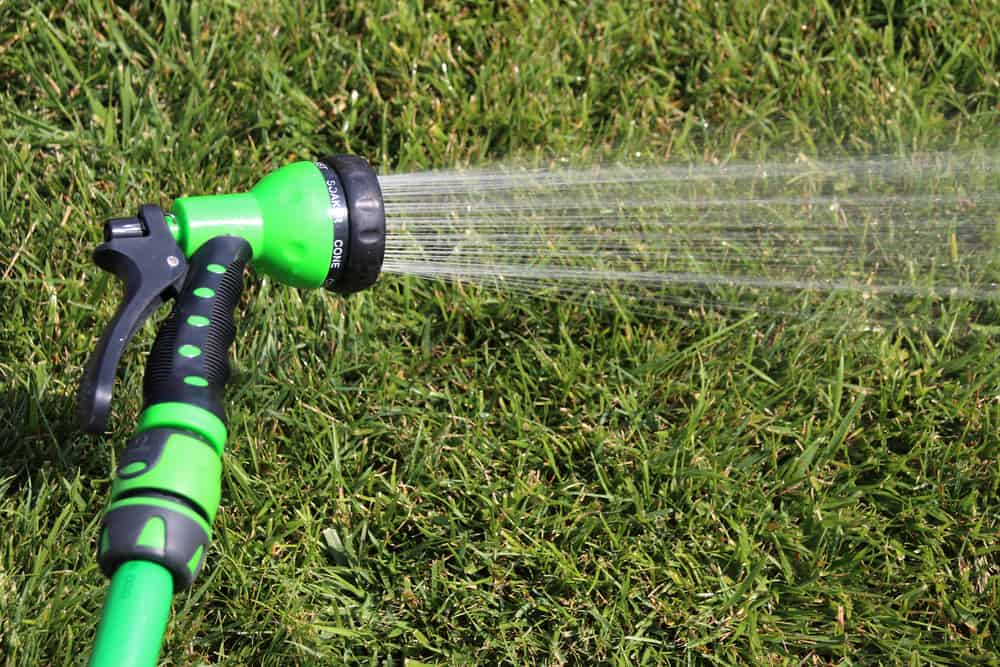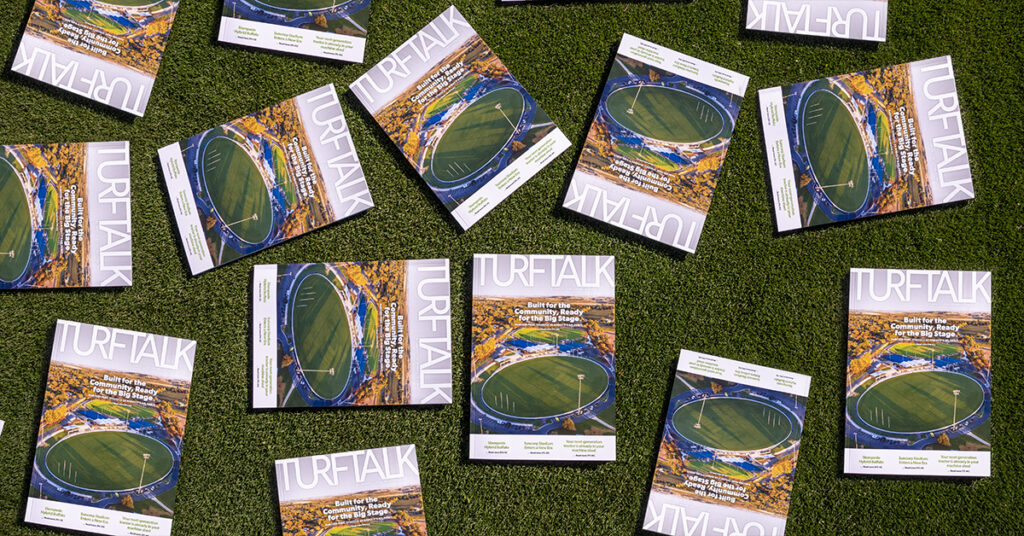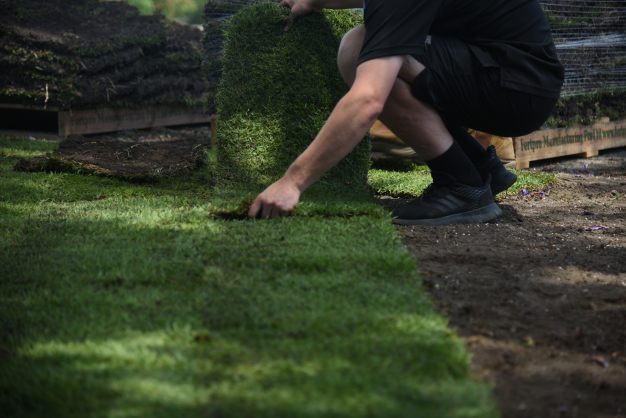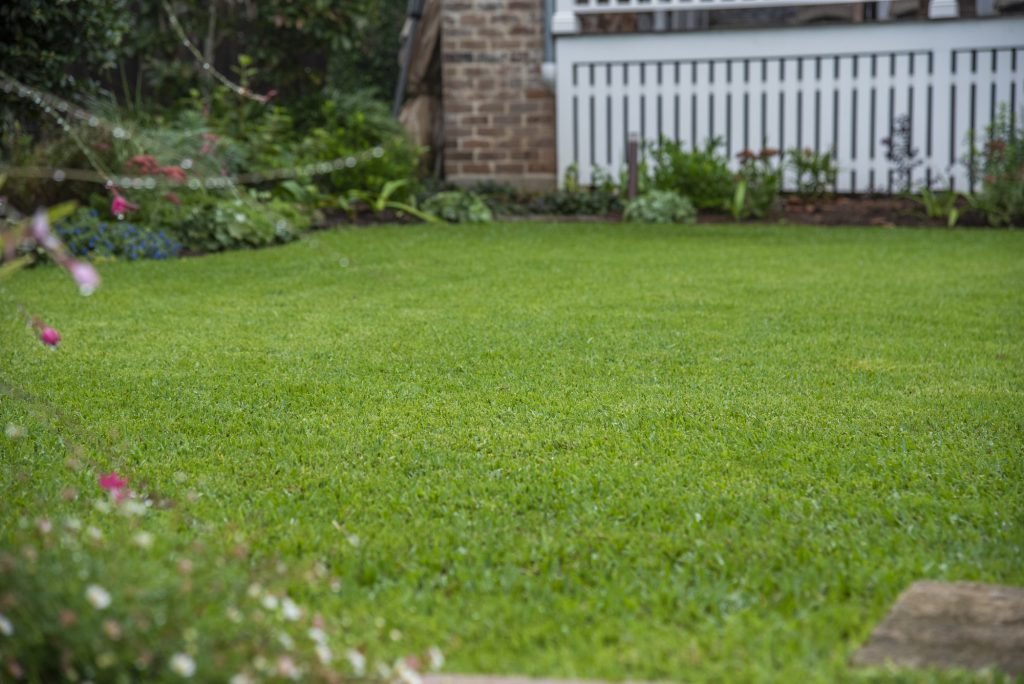With the drought spreading across the country in many areas, and councils continuing to increase water restriction levels, you may be wondering if now is a good time to lay your new turf, or if it’s even possible.
Water Restrictions
To start with, always check with the water restrictions relevant to your area, as these vary depending on where you’re located.
- Sydney, Wollondilly and Illawarra Water Restrictions
- Shoalhaven Water Restrictions
- Wingecarribee Water Restrictions
- Goulburn Water Restrictions
- Eurobodalla Water Restrictions
- ACT Water Restrictions
- Queanbeyan Palerang Water Restrictions
Your water supplier will have all necessary information on their website that you need to know about the water restrictions.
There are usually exemptions available for new lawns, even in level 2 restrictions, so people shouldn’t be deterred when looking to install a new lawn as they can still easily install and establish during this time.
Freshly laid turf needs to be watered a couple of times a day, every day, for the first few weeks. When you can no longer easily lift the corner of your turf, the new lawn is starting to establish.
Once establishment is happening you can start to back off the watering, depending on the weather and the climate in your region.
You will be provided with an installation and maintenance guide from us that will outline correct watering for a new lawn.
Sydney Region
Level 2 water restrictions is in place for everyone in Sydney, the Blue Mountains and the Illawarra as of the 10th of December.
So, what does this mean?

- You can water new turf using a hand-held hose fitted with a trigger nozzle for up to four weeks from the delivery date, following the watering plan below. This applies to areas of any size.
- Sprinklers and watering systems for up to four weeks from the delivery date, following the watering plan below. This only applies if you have a continuous area of new turf larger than 30m2.
- Make sure you keep your receipt and any other order confirmation documentation as your proof of purchase.
Drought-proofing your lawn
Drought-proofing your lawn starts with establishment. New lawns require regular watering during the establishment phase and the importance of allowing a concession for this time is so important.
These allowances will actually save water in the long run. A well-watered new lawn will develop deeper roots, providing much better drought tolerance in the future.
This will save you hundreds of kilolitres in the future and can even stop the need to water your lawn at all.
We recommend the use of Lawn Solutions Lawn Launcher which is a starter fertiliser with water crystals.
Water crystals can store up to 400 times their weight in water and the stored water is available to lawn roots after the water in the soil drains away or evaporates.
These water crystals can last in your lawn for a few years and make a great difference for lawn establishment. Just be sure to spread them out prior to laying turf.
Don’t let your new lawn dry out
When a lawn is new it will need to stay moist at all times. Watering 4 times a day in warm conditions is quite normal. An example schedule would be:
- early morning
- mid/late morning
- late afternoon
- early evening
You don’t need to flood your lawn, just be sure to keep the turf and immediate underlying soil moist. Be consistent and ensure you water all areas.
Keep in mind that during hot conditions, especially if it is windy, the lawn will dry out very quickly and additional watering may be required.
You will know your lawn is in need of watering if the leaf blades will start to curl, shrivel and dry.
Initial irrigation methods
Overhead irrigation

The best way to water is by overhead irrigation, in fact to establish a new lawn, overhead watering is the only way to go.
A portable sprinkler attached to the end of a hose is cheap and efficient.
Move around the lawn as needed to ensure all parts of the lawn are watered evenly. A tap timer will ensure you don’t leave the water on for too long and waste water.
An in-ground, pop-up irrigation system takes this a step further.
This can be connected by a manual tap timer, or a computer-controlled timer that is programmed to run as required.
Hooking up a pop-up system to a rainwater tank or using recycled water is the most environmentally friendly and cost-effective method.
Grey Water
Grey water is the wastewater from washing machines, laundry tubs, baths, showers and wash basins.
It does NOT include wastewater from the toilet, dishwasher or kitchen sink, as these can contain unwanted solids and potentially nasties.
Grey water can be used on the garden and lawn by bucket or water re-use system.
This is a good way to recycle your grey water, reduce pressure on grey water waste systems, save on valuable drinking water reserves as well as save money.
If you want to use grey water be sure to use environmentally friendly, sustainable detergents that won’t harm your lawn.
Before using grey water, it is best to check with your local Council for advice as there may be regulations regarding the use of grey water in your area.
Underground Water
Depending on where you are you may be able to tap into bore water. Contact your local Council to see if underground water is available in your area.
On-going watering and creating a drought tolerant lawn
Once the lawn is established, you can start to back off the watering depending on the weather and the climate in your region.
The idea is to get to a point where you water less frequently but when you do water you give the lawn a deep soaking.
This will encourage deep root systems and will create a more self-sufficient and drought tolerant lawn.
As the water drains through the soil, the roots seek the water out deeper in the soil rather than just hanging around near the surface, which is what will happen if you just give short, regular watering.
Drought tolerance is one of the key characteristics of Sir Walter DNA Certified Soft Leaf Buffalo or our TifTuf Hybrid Berumda.
In many areas that receive fairly regular rain, you will almost never have to water a drought tolerant lawn at all, except during routine maintenance tasks like fertilising when you have to water the fertiliser in.
During extended dry periods you may have to water your lawn more regularly to maintain a lush green look, but this is purely for looks.
Timing
The best time to water your garden is early morning or late in the afternoon/early evening, when there is no wind and less chance of water loss due to evaporation. If you live in a humid area, avoid afternoon/early evening and go for morning as evening watering can increase the risk of fungal diseases.



